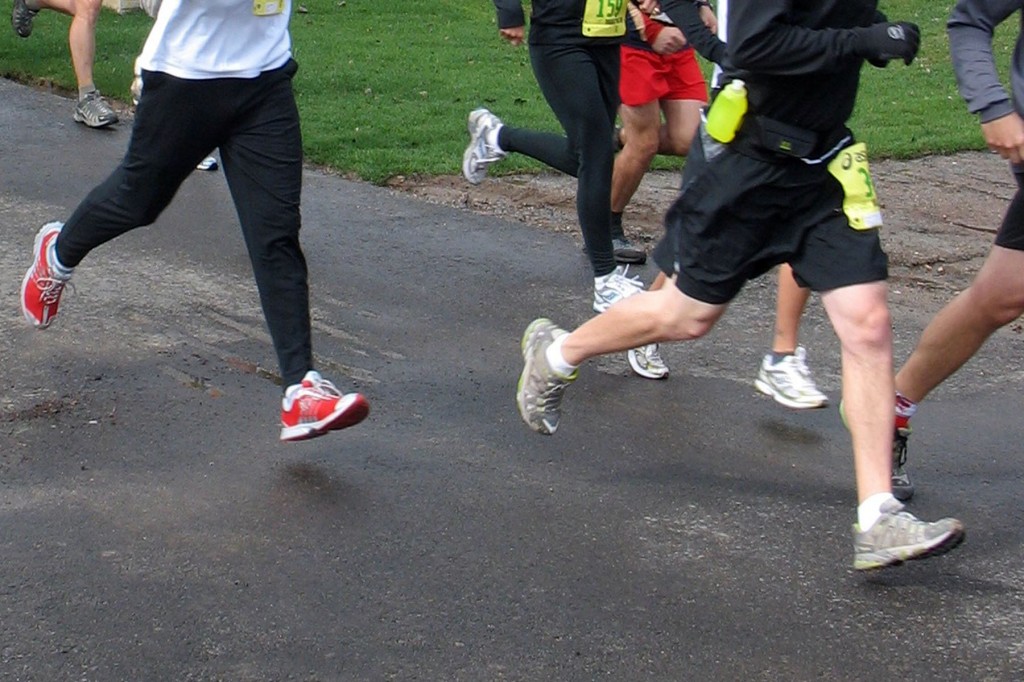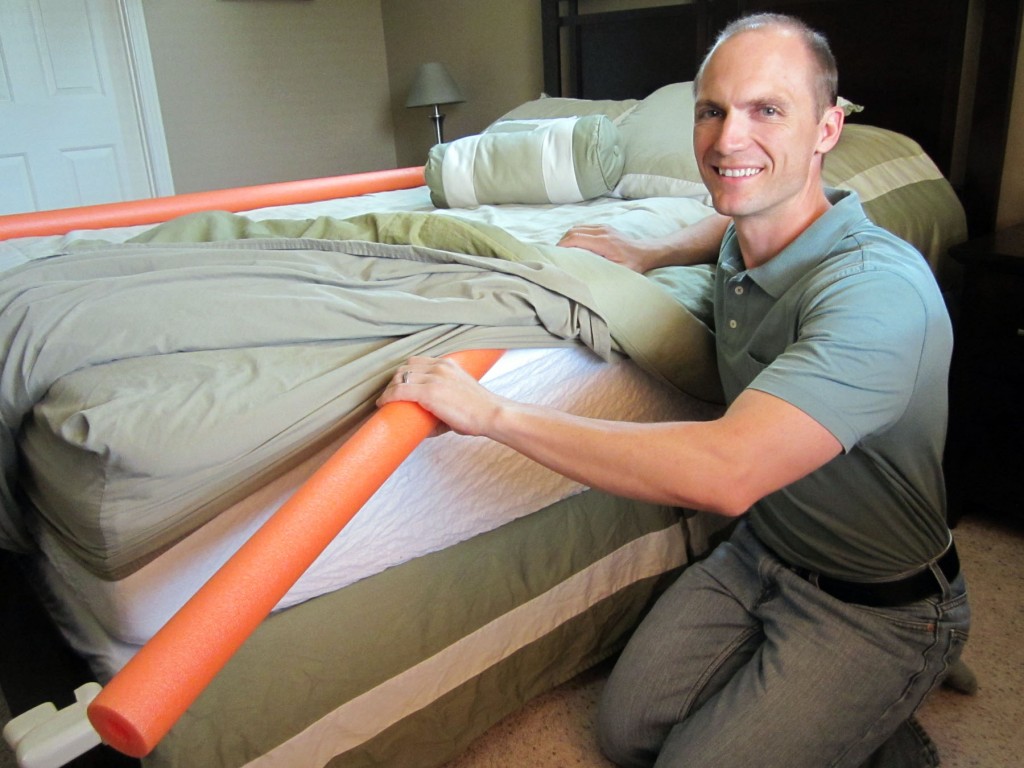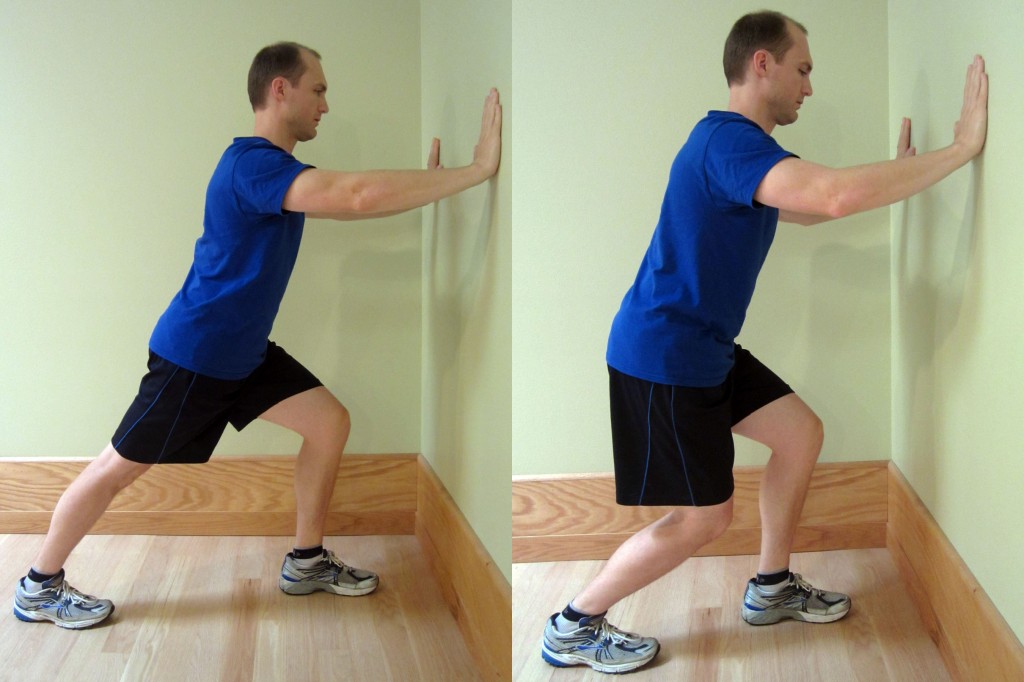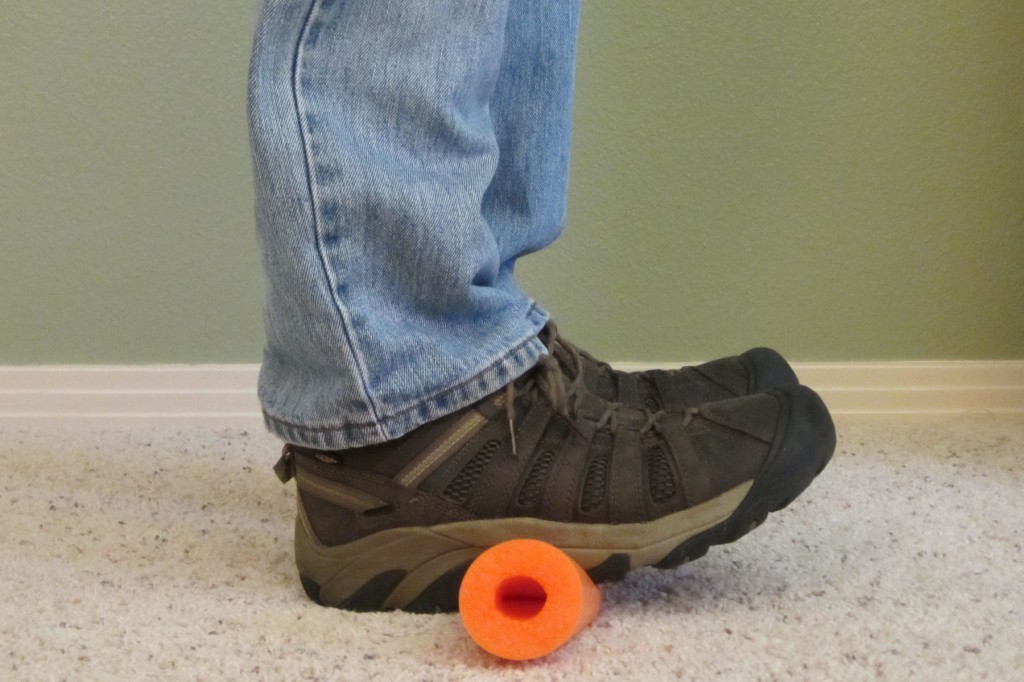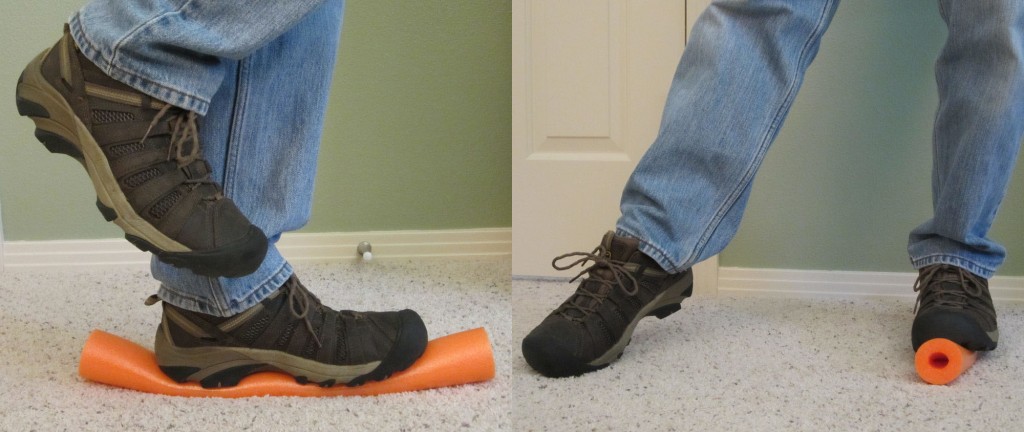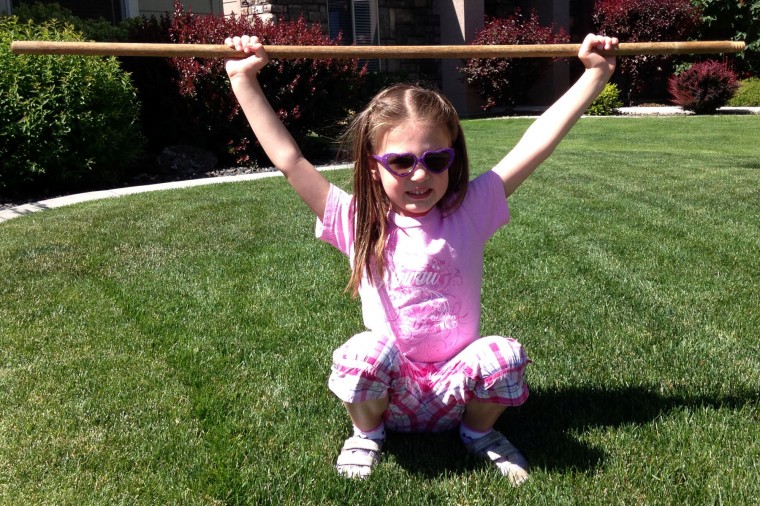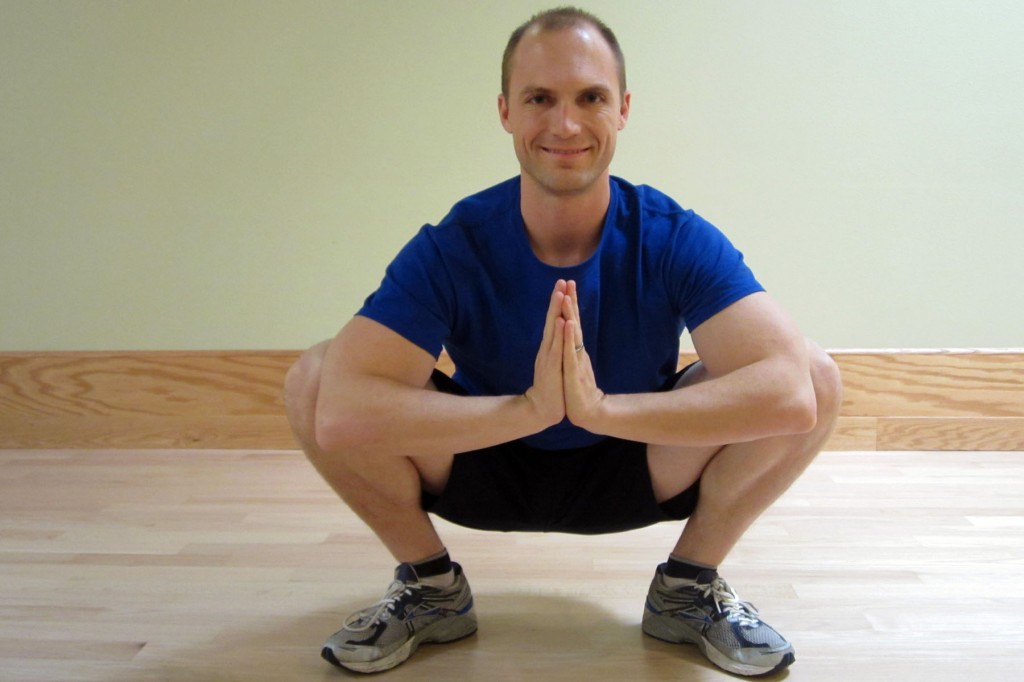Q. I have rheumatoid arthritis in my hands, wrists, and elbows. What type of exercise can I do to keep my upper body strength? –Gloria
A. Thanks for your question, Gloria, as it presents an opportunity to discuss a very devastating disease, Rheumatoid Arthritis (RA). Your willingness and desire to maintain your upper body strength despite the disease is an encouragement to others who may be suffering as well.
Rheumatoid Arthritis (RA) is one of 171 different types of arthritis. RA is most commonly diagnosed in women, with nearly three out of four cases involving women. Over 46 million people in the United States alone suffer from one form of arthritis or another, and this number is climbing rapidly. The most commonly recognized forms of arthritis are osteoarthritis and RA. Osteoarthritis is most commonly associated with “wear and tear” syndromes (degeneration of the joint from excessive use or injury). RA (known as an inflammatory arthritis) is an autoimmune disease in which the immune system works against normal body cells by attacking the joint surfaces and eventually, even the body organs. As the condition progresses, joint surfaces become severely damaged–leading to deformities and dysfunction.
A person with RA should always be medically managed by a specialist in the disease. Symptoms are typically quite severe and not only cause pain and deformities, but also excessive fatigue and loss of appetite. RA can be found in only one joint or area, but it’s usually associated with many areas in combination, typically in a symmetrical pattern. Eventually, it can affect the entire body including the internal organs.
In addition, it is important that you and your loved ones learn as much about the disease as possible. There must be a multifactorial approach to managing the disease. Consider the following:
- Medical/Physician Management – This may include pharmacological management or surgical intervention, including total joint replacement.
- Nutritional Management – Eat foods which promote a low inflammatory diet, including a diet high in Omega-3 fatty acids and other natural herbs (like garlic and turmeric) which can naturally lower inflammation.
- Weight Management – It is important to manage your weight effectively. Excessive body weight can cause additional “wear and tear” (particularly on the lower extremities joints) and can worsen any damage caused by RA. Also, excessive weight can worsen RA symptoms or even cause osteoarthritis. If possible, you don’t want more than one form of arthritis if it can be avoided.
- Activity Modification – As the disease progresses, it is important to understand how your body is functioning and then learn how to adapt to manage the disease. Unfortunately, certain activities and how you perform them will need to be modified or avoided. Learn to pace yourself and take more frequent rest breaks. Adequate night time sleep is also critical. Depending on the joints affected, learning to limit the use and strain on the joint is important. For example, if your knee is affected, then repeatedly going up and down stairs could cause a strain. You may choose to eliminate or minimize the frequency of that particular activity. Repetitive joint motion and in particular, repetitive joint loading and hyper loading, should be avoided and/or minimized. Learning to use adaptive devices to limit the strain placed on the body during activities will also be helpful.
- Modalities – This is a broad category, but in general the application of heat, cold, or over-the-counter topical agents, such as Arnica Montana (an herbal rub) or Biofreeze, may help manage pain and stiffness. Gentle massage and TENS (Transcutaneous Electrical Nerve Stimulation, a form of electrical stimulation) may also be beneficial.
- Splints – Many times, custom or over-the-counter splints (particularly for the upper extremities) can be utilized to provide support and comfort to joints which are in pain and/or suffering from deformity.
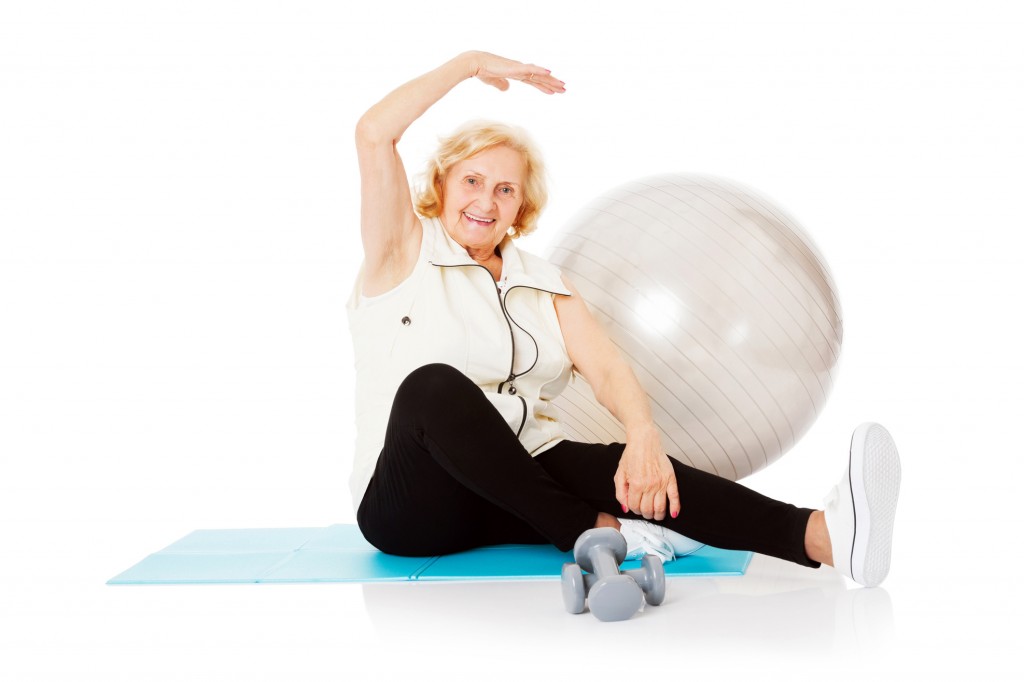 Now that you have a clear understanding of RA and options available to manage the disease, I will specifically address Gloria’s question regarding exercise for the upper extremity and exercise in general. Although the research for exercise for individuals with RA is far from complete, it indicates that a regular exercise and range-of-motion (ROM) program is a critical component to proper management of the disease. (Make sure you are adequately rested before performing any exercise program.) General guidelines for exercise include:
Now that you have a clear understanding of RA and options available to manage the disease, I will specifically address Gloria’s question regarding exercise for the upper extremity and exercise in general. Although the research for exercise for individuals with RA is far from complete, it indicates that a regular exercise and range-of-motion (ROM) program is a critical component to proper management of the disease. (Make sure you are adequately rested before performing any exercise program.) General guidelines for exercise include:
- Strength Training – Strength training is encouraged, and the exercise program should be established by a professional who is familiar with managing RA. Excessive shearing forces and rotational forces and/or exercises should be avoided. Joints with severe involvement should be exercised with caution and an emphasis should be placed on ROM versus actual loading of the joint. All exercises should be performed in a slow and controlled environment within the available ROM. Maintaining muscle mass through strength training is critical and should be performed only one to two times per week to minimize any risk of over stressing the joint.
- Endurance Training – Endurance training is critical for general health and should be included as part of a comprehensive exercise program for individuals with RA. Avoid cardiovascular exercise (running, jogging, skipping, jump roping, etc.) which produces high impact forces. Instead, focus on less impact activities such as bicycling, rowing, or water aerobics.
- Flexibility Training – Flexibility training is important for everyone as part of a healthy lifestyle, but it’s critical for those with RA. A person should take every joint through a full ROM at least once a day. I highly encourage a regular two to three times a week flexibility program in addition to a daily ROM program. Appropriate options include: yoga, Pilates, Tai Chi, water aerobics, or a self-stretching routine. The program should be performed in a slow and very controlled manner by taking care to never overstretch a joint or to move too quickly.
- Aquatic Therapy – Many find that performing a regular exercise program in an aquatic environment can satisfy most exercise needs, including flexibility and strength. Water can also be very useful in pain control and help with relaxation. Exercising in a reduced gravity environment like the pool limits the compression forces on the bones. Additional weight training or body weight exercise should still be performed to insure adequate bone density as one ages.
To specifically answer Gloria’s question on the upper extremities, I would encourage her to daily perform an upper extremity stretching routine which takes all of the upper extremity joints through at least one full ROM. Be sure to take several rest breaks during the day to perform stretching and ROM exercises. Strengthening exercises for the shoulders, elbows, wrists, and fingers would also be beneficial. Be sure to work the finger extensors (opening the hand) and not just the flexors (squeezing). Finger Putty is a great product which enables you to perform a variety of hand and finger exercises. I would also encourage an emphasis on posture and upper back stretching as demonstrated in My Top 8 Stretches to Eliminate Neck, Upper Back, and Shoulder Pain. Gloria, I hope you find this information to be helpful as you manage your RA. Please let me know if you have additional questions.
I would love to hear from more of you! What are your experiences dealing with rheumatoid arthritis? Have you or a loved one been dealing with this condition? What has worked or not worked for you? Additional discussion can help others to manage a very difficult disease. Please leave your comments below.
If you have a question that you would like featured in an upcoming blog post, please e-mail contact@thePhysicalTherapyAdvisor.com. Be sure to join our growing community on Facebook by liking The Physical Therapy Advisor!
Disclaimer: The Physical Therapy Advisor blog is for general informational purposes only and does not constitute the practice of medicine or other professional health care services, including the giving of medical advice. No health care provider/patient relationship is formed. The use of information on this blog or materials linked from this blog is at your own risk. The content of this blog is not intended to be a substitute for professional medical advice, diagnosis, or treatment. Do not disregard, or delay in obtaining, medical advice for any medical condition you may have. Please seek the assistance of your health care professionals for any such conditions.

